You will have to add a container or override the styles for content to take more vertical height.
Personally, I put the footer inside the content so it is pushed aside if there is a side navigation (analogous to the Carbon design system website).
Example:
<Content class="content flex column items-stretch">
<div class="flex-grow">
<Grid>
<Row>
<Column>
<p>Content</p>
</Column>
</Row>
</Grid>
</div>
<footer class="flex-constant">
<p>Footer</p>
</footer>
</Content>
<style>
:global(.flex) { display: flex; }
:global(.flex.column) { flex-direction: column; }
:global(.flex.items-stretch) { align-items: stretch; }
:global(.flex-grow) {
flex-grow: 1;
flex-shrink: 0;
}
:global(.flex-constant) {
flex-grow: 0;
flex-shrink: 0;
}
:global(.content) {
padding: 0;
min-height: calc(100vh - 3rem); /* 3rem = header */
}
</style>
REPL
(I usually use utility classes for flex layout which are in a global stylesheet, so here I added them via :global. Classes on the Carbon components have to be :global or at least use something like .local-element :global(.class-on-component) to scope it again.)
This setup makes the Content take at least space equivalent to the height of the viewport with the ability to grow beyond (the footer is not fixed). Using a vertical flex box, the router content takes all free space, pushing the footer to the bottom if the page is not filled.
Note that using vh can cause various headaches with mobile browsers and their use of the address bar. There should be questions on SO that explain that in more detail. Also, new viewport units (sv*/lv*/dv*) have been added to deal with this issue, but implementation may still be lacking (see this HTTP 203 video for an in-depth explanation).
The REPL will cause additional overflow due to the console panel at the bottom.
